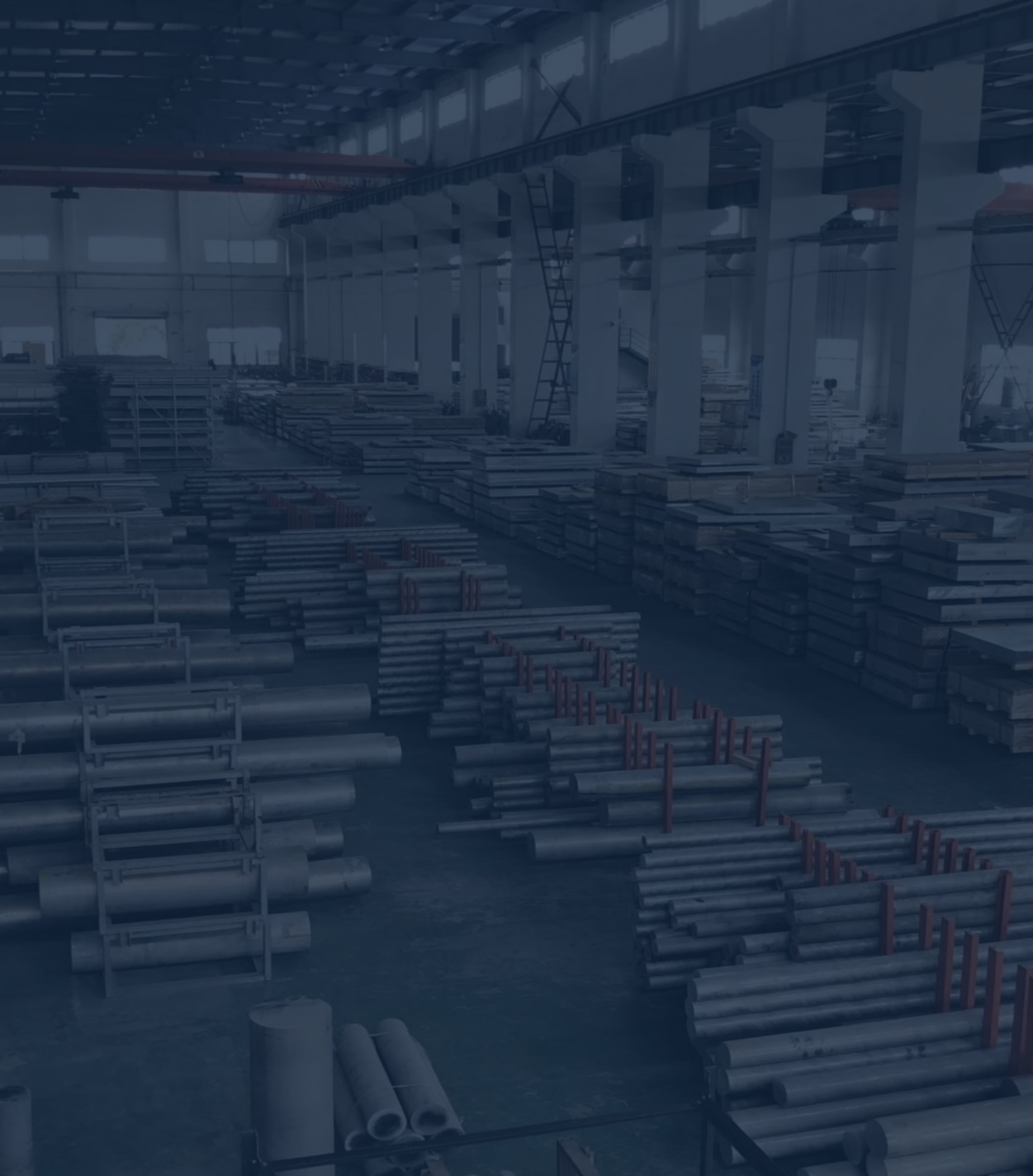welcome to Mannesmann Aluminum plate | aluminum coil | aluminum pipe | aluminum profile | aluminum forging China's leader in high-quality aluminum spot production!
welcome to Mannesmann Aluminum plate | aluminum coil | aluminum pipe | aluminum profile | aluminum forging China's leader in high-quality aluminum spot production!

views:
According to relevant data, the total greenhouse gas emissions from the global heavy industry have exceeded 10 billion tons, while the global aluminum industry emits 1.1 billion tons of carbon dioxide annually. In 2020, China's electrolytic aluminum production was 37.08 million tons, accounting for about half of the global production. Based on this data, the total annual carbon dioxide emissions of China's electrolytic aluminum industry are approximately 424 million tons, accounting for approximately 5% of global carbon dioxide emissions.
The carbon dioxide generated in the production process of electrolytic aluminum is mainly concentrated in the energy consumption of electricity, and the carbon emissions vary greatly depending on the energy used. It is estimated that the carbon dioxide emissions from producing tons of aluminum using coal-fired power are approximately 11.2 tons, while the emission indicator for using hydropower is almost zero. At present, about 86% of China's electrolytic aluminum production capacity uses coal-fired energy, while hydropower aluminum accounts for about 14%.
In short, electrolytic aluminum, as a high energy carrier, should be the key to reducing carbon emissions in the aluminum industry. Adjusting the energy structure and seeking green energy should be the main way for the electrolytic aluminum industry to achieve low-carbon development.
In the past two years, aluminum companies in China have also been actively moving their production capacity to areas rich in green energy. For example, companies such as China Aluminum Group, Weiqiao Entrepreneurship, and Zhongfu Industry have shifted their electrolytic aluminum production capacity to regions rich in hydropower energy such as Yunnan and Sichuan.
Of course, in addition to using hydropower, the production of electrolytic aluminum should also effectively promote the use of various clean energy sources such as solar energy, wind energy, and natural gas.
It is reported that the global aluminum company in the United Arab Emirates has achieved the use of solar power to start refining aluminum, which is also the first enterprise in the world to use solar energy to produce raw aluminum.
Some local governments in China are also actively breaking through the bottleneck of low-carbon energy supply, seeking diversified green energy construction, and accelerating the pace of carbon reduction.
The newly established "China Aluminum Valley" in Yunnan Province recently announced that it will promote the construction of 8 million kilowatt wind power and 3 million kilowatt photovoltaic projects this year, cultivate the construction of hydrogen and energy storage industries, and accelerate the construction of the "World Photovoltaic Capital".
In addition to the electrolytic aluminum industry, the aluminum processing industry is also actively improving its energy consumption. At present, Baowu Aluminum Industry Technology Co., Ltd. is also promoting the construction of a distributed photovoltaic power project on the roof of the factory building. Compared with coal-fired power plants, this project can reduce carbon dioxide emissions by approximately 9800 tons per year.
In addition, in addition to trying to control and reduce carbon emissions from the energy perspective, other aspects cannot be ignored. For example, through technological innovation, we need to continue to improve production efficiency and reduce energy consumption and emissions per ton of aluminum; Continue to strictly control the construction of new primary aluminum production capacity and promote the construction of recycled aluminum industry; Promote the application of aluminum, leverage the green effect of aluminum products in production and daily life, and balance the low-carbon coefficient of aluminum products throughout their entire lifecycle from the perspective of the entire industry chain